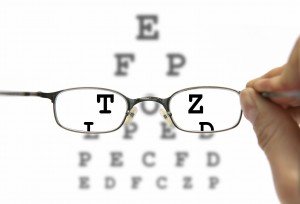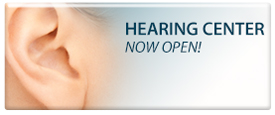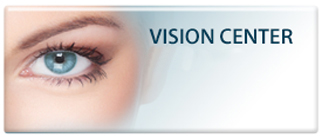
When you think of multifocal lenses, you probably think of glasses. Modern day advances, however, have brought multifocal technology to contacts as well. Most patients who need multifocal lenses are over the age of 40 and have both myopia (nearsightedness) and presbyopia (age-related loss of close-up vision). Multifocal lenses eliminate the need for reading glasses by combining different prescriptions within one lens.
Types of Multifocal Lenses
There are three kinds of multifocal lenses, each of which offers slightly different corrective features. We’ll help you determine which lens is best for you depending on your vision correction needs.
- Bifocals—Bifocal contacts have two lens powers. A portion of the lens features your myopic prescription to see objects at a distance, while another, smaller part contains your presbyopic prescription for seeing things close up.
- Trifocals—Trifocal contacts contain three lens powers: your myopic prescription for distance, a prescription that allows you to see things at arm’s length and your presbyopic prescription for close objects.
- Multifocals—Multifocal contacts feature gradually changing lens powers that allow your vision to naturally transition between distances from far away to up close. Multifocal lenses aren’t for everyone, and you may need some adjustment time to get used to your new lenses.
Along with choosing your lens types, you should expect to make a few other important decisions if you opt for multifocal lenses.
- Soft or Gas-Permeable Lenses? Multifocal contacts are available as both soft and GP lenses. The advantages and disadvantages remain the same for each type as they’re for single-prescription lenses. Recent optometric advances have also resulted in hybrid multifocal contacts, which have a GP center and soft edges.
- Daily Wear or Extended Wear? Like with other contacts, you can opt for multifocal lenses that are daily wear (removed nightly before bed) or extended wear (left in all day and night for a designated period of time).
- Disposable or Long-Term? Multifocal contacts are available as daily, weekly and monthly disposables if you opt for soft lenses. Like regular contacts, there are also long-term options you use daily for a year or more.
If you’re ready to ditch your reading glasses or are noticing age-related changes in your vision, multifocal lenses are a great option. They provide excellent vision correction and allow you to maintain an active lifestyle without changing your appearance.


